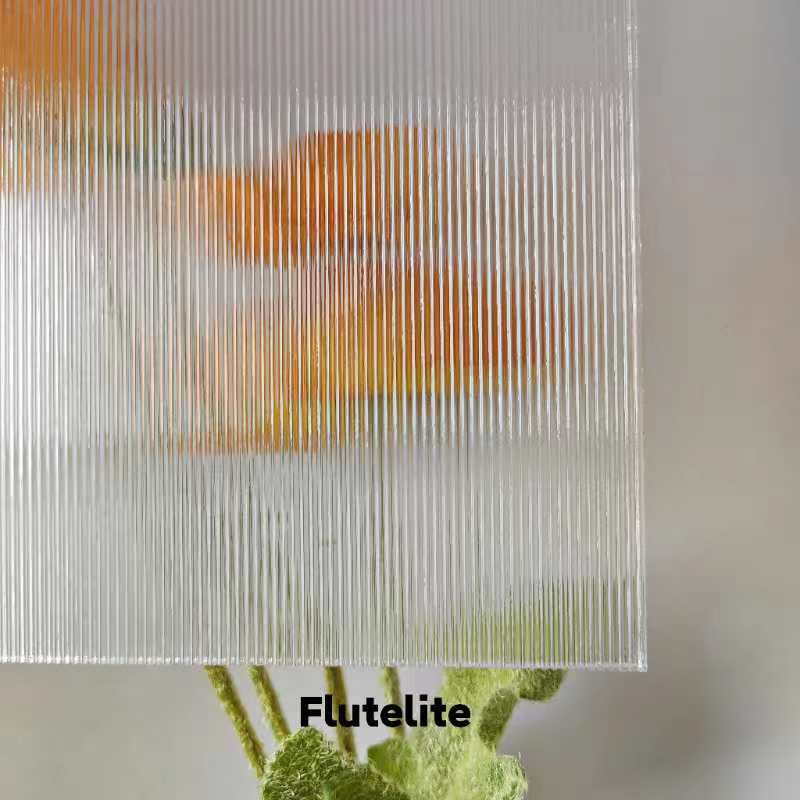

Understanding Fully Tempered Glass Advantages and Applications
Fully tempered glass, also known as toughened glass, represents a significant advancement in the glass industry, combining safety, strength, and aesthetic appeal. The process of tempering glass involves heating it to a high temperature, typically over 600 degrees Celsius, followed by rapid cooling. This thermal treatment increases the strength of the glass, making it approximately five to seven times stronger than standard glass of the same thickness.
Safety First
One of the primary benefits of fully tempered glass is its safety features. In the event of breakage, fully tempered glass shatters into small, blunt pieces instead of sharp shards. This property significantly reduces the risk of injury, making it an ideal choice for public spaces, schools, and homes where safety is a priority. Moreover, because of its enhanced structural integrity, fully tempered glass can withstand extremes in temperature and is resilient against impact, making it suitable for a variety of demanding environments.
Versatile Applications
The versatility of fully tempered glass is noteworthy. It is widely used in architectural applications, such as facades and windows, allowing for expansive views and natural light while maintaining structural integrity. Its ability to withstand high wind loads and thermal stress makes it indispensable for high-rise and commercial buildings.
In the automotive industry, fully tempered glass is used for side and rear windows in vehicles
. The glass not only enhances the safety of passengers but also contributes to the aesthetic value of modern vehicles. Furthermore, its resistance to impact is crucial, as it protects against potential accidents and external hazards.
Another popular application is in shower enclosures and glass doors. The luxurious appearance of fully tempered glass combined with its safety features makes it a preferred choice for modern bathrooms. It provides a seamless and contemporary look while ensuring durability against moisture and daily wear.
Aesthetically Pleasing
From a design perspective, fully tempered glass offers a sleek and modern appearance. It can be manufactured in various shapes, sizes, and finishes, providing architects and designers with a broad palette to work from. The clarity and transparency of tempered glass allow for stunning designs that can make spaces feel more open and inviting.
Environmental Considerations
Fully tempered glass is also an environmentally friendly option. It is recyclable, which contributes to sustainable building practices. Additionally, its energy efficiency can lead to lower heating and cooling costs in buildings, thus minimizing the carbon footprint associated with energy consumption.
Conclusion
In conclusion, fully tempered glass stands out as a remarkable material in both functionality and style. Its benefits, including enhanced safety, versatility in applications, aesthetic appeal, and environmental sustainability, make it a favored choice among architects, builders, and homeowners alike. As innovation in materials continues to evolve, fully tempered glass will undoubtedly remain at the forefront, meeting the demands of modern architecture while ensuring safety and design excellence. Whether in a residential setting or a commercial establishment, fully tempered glass offers a winning combination of durability and elegance, making it an investment worth considering for future projects.